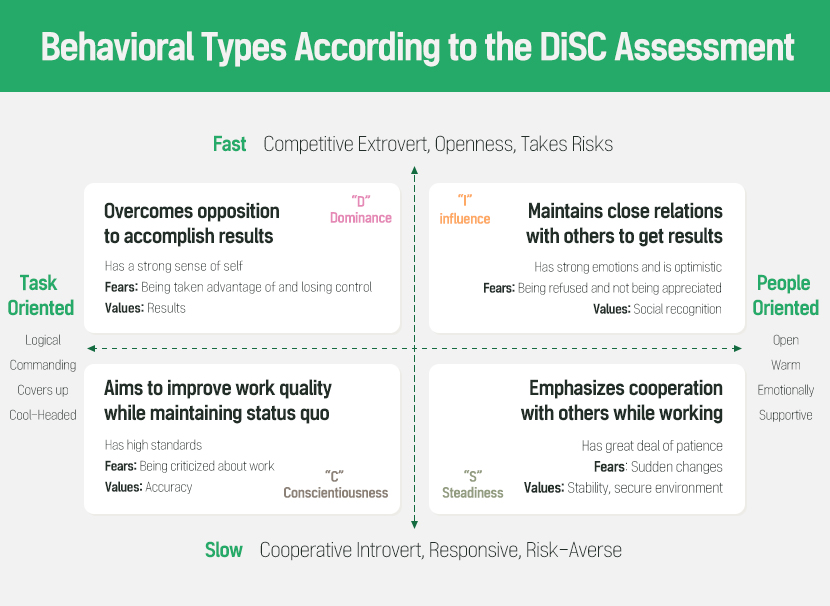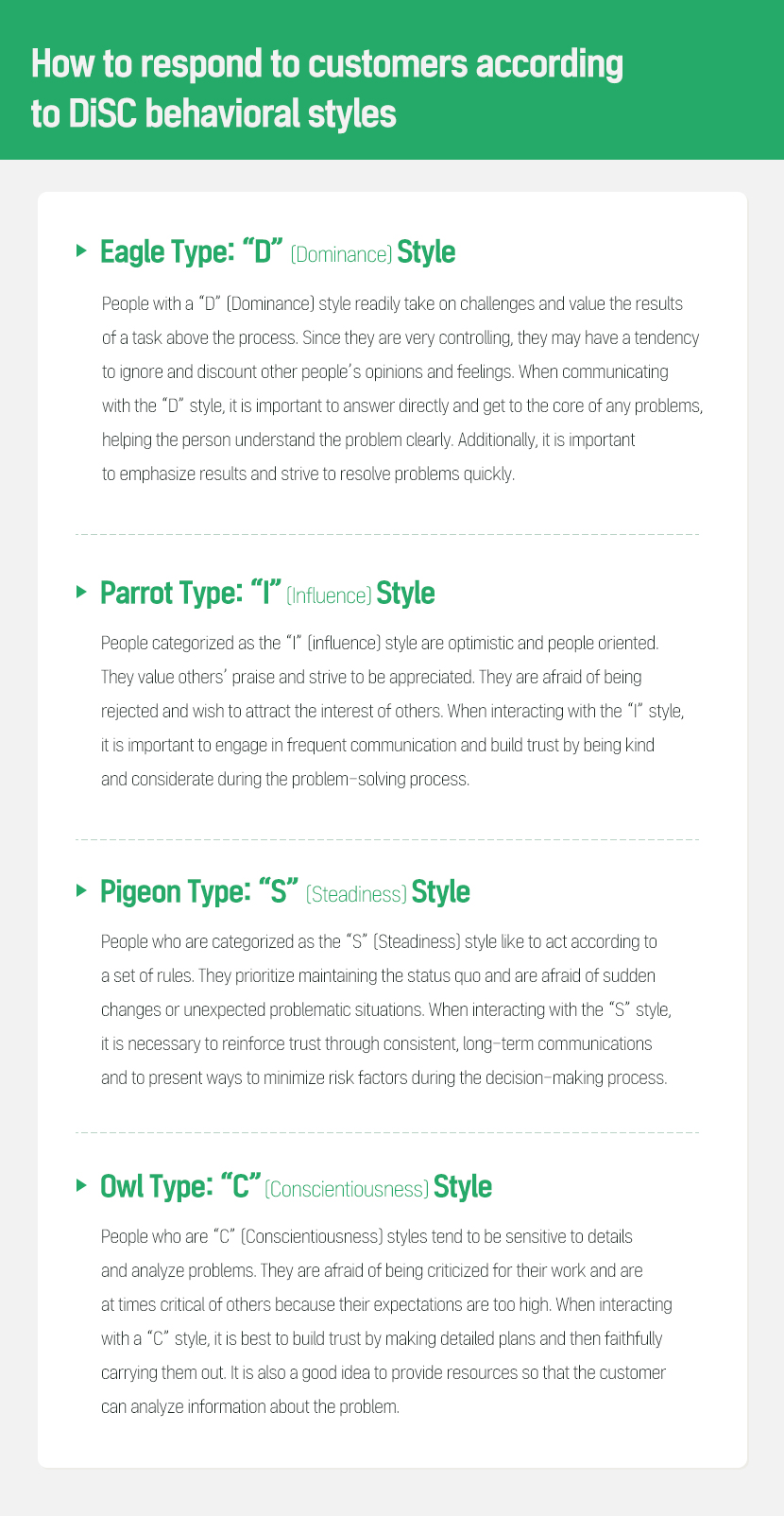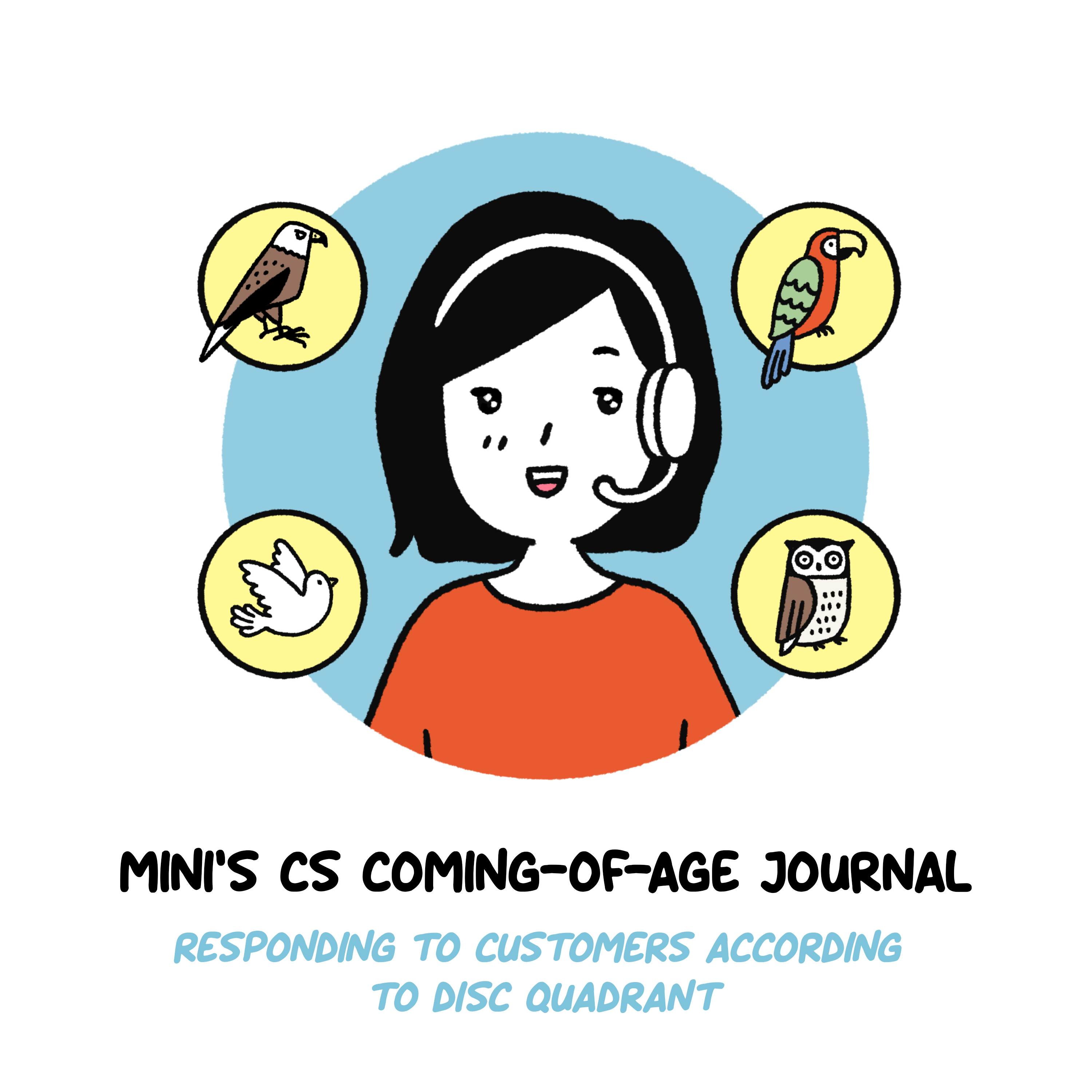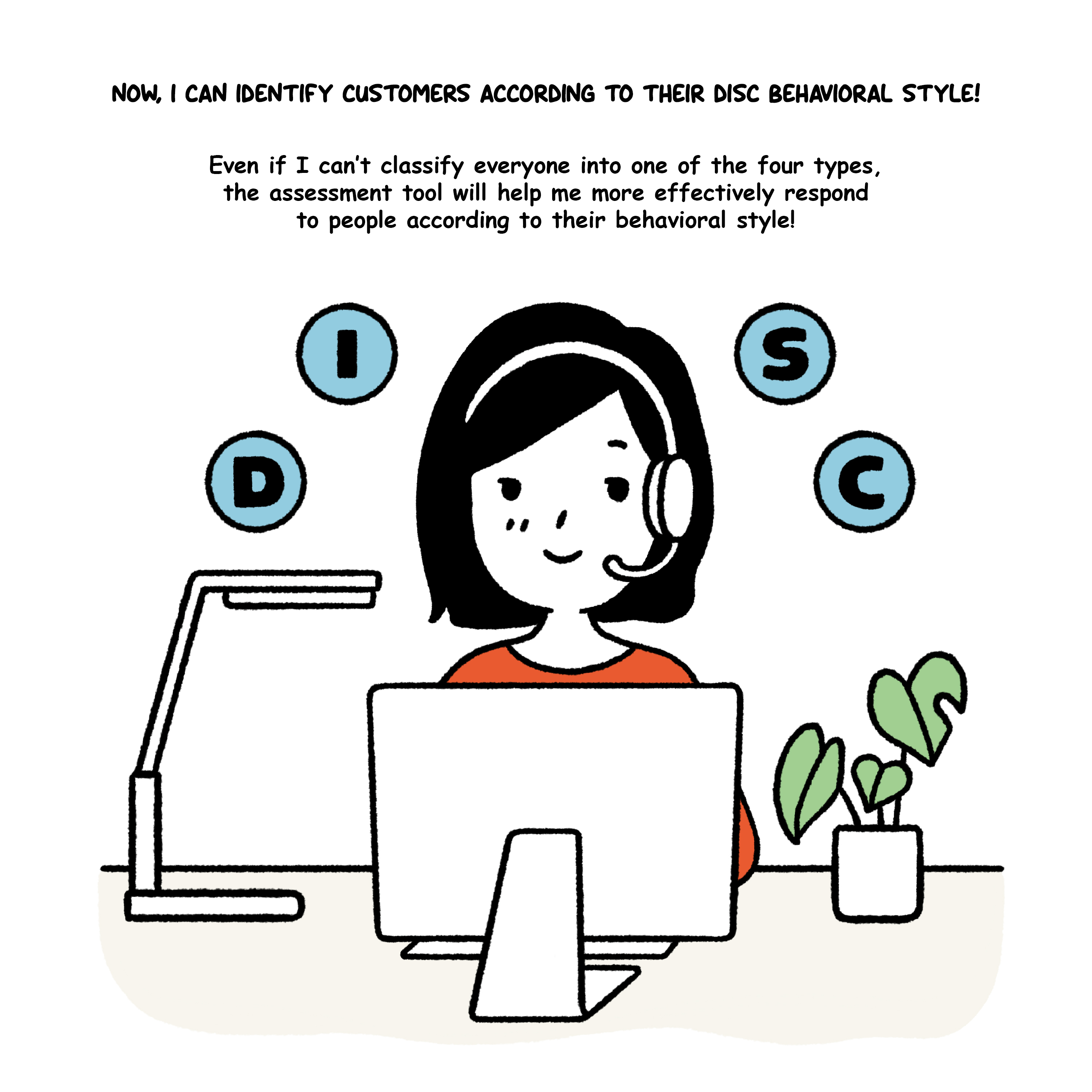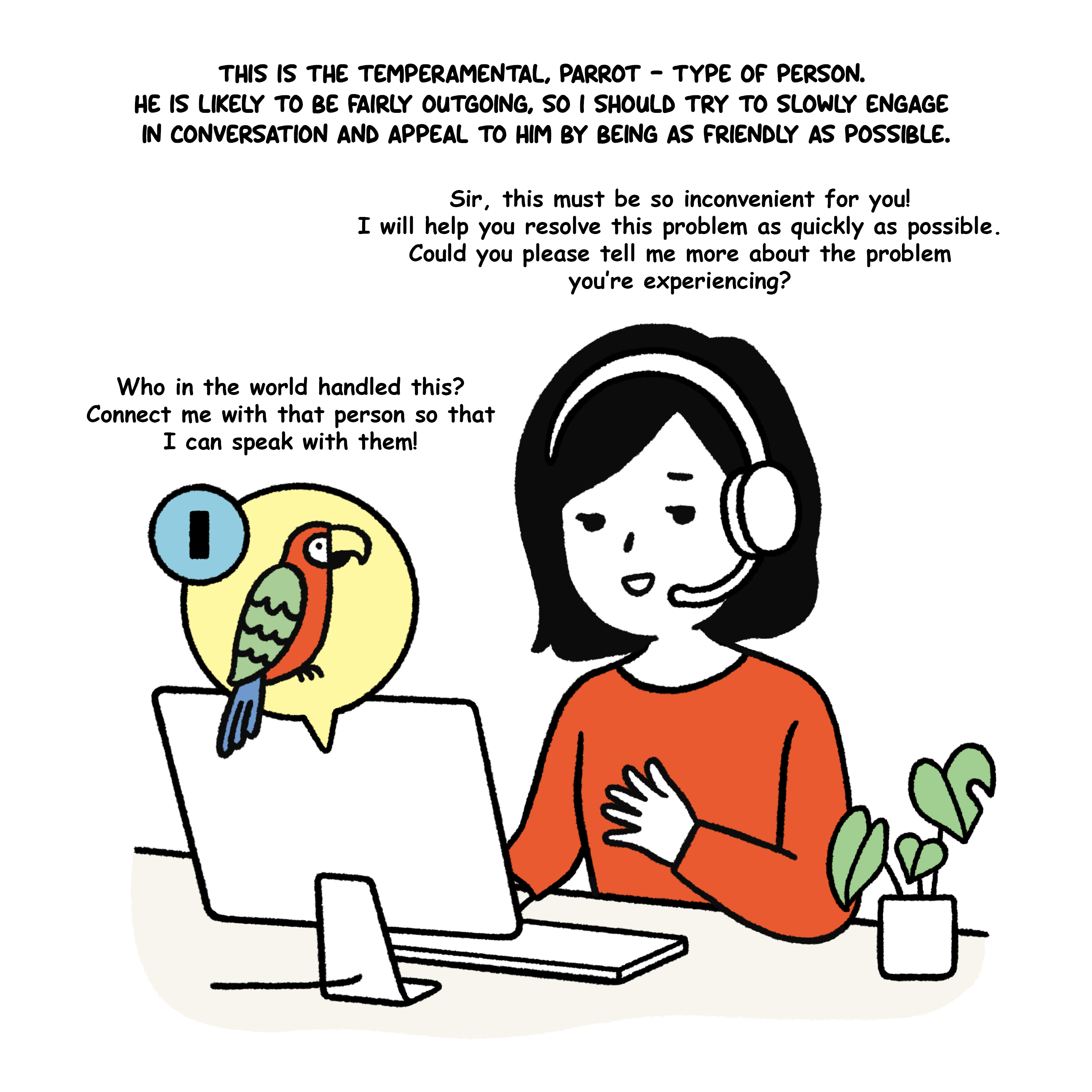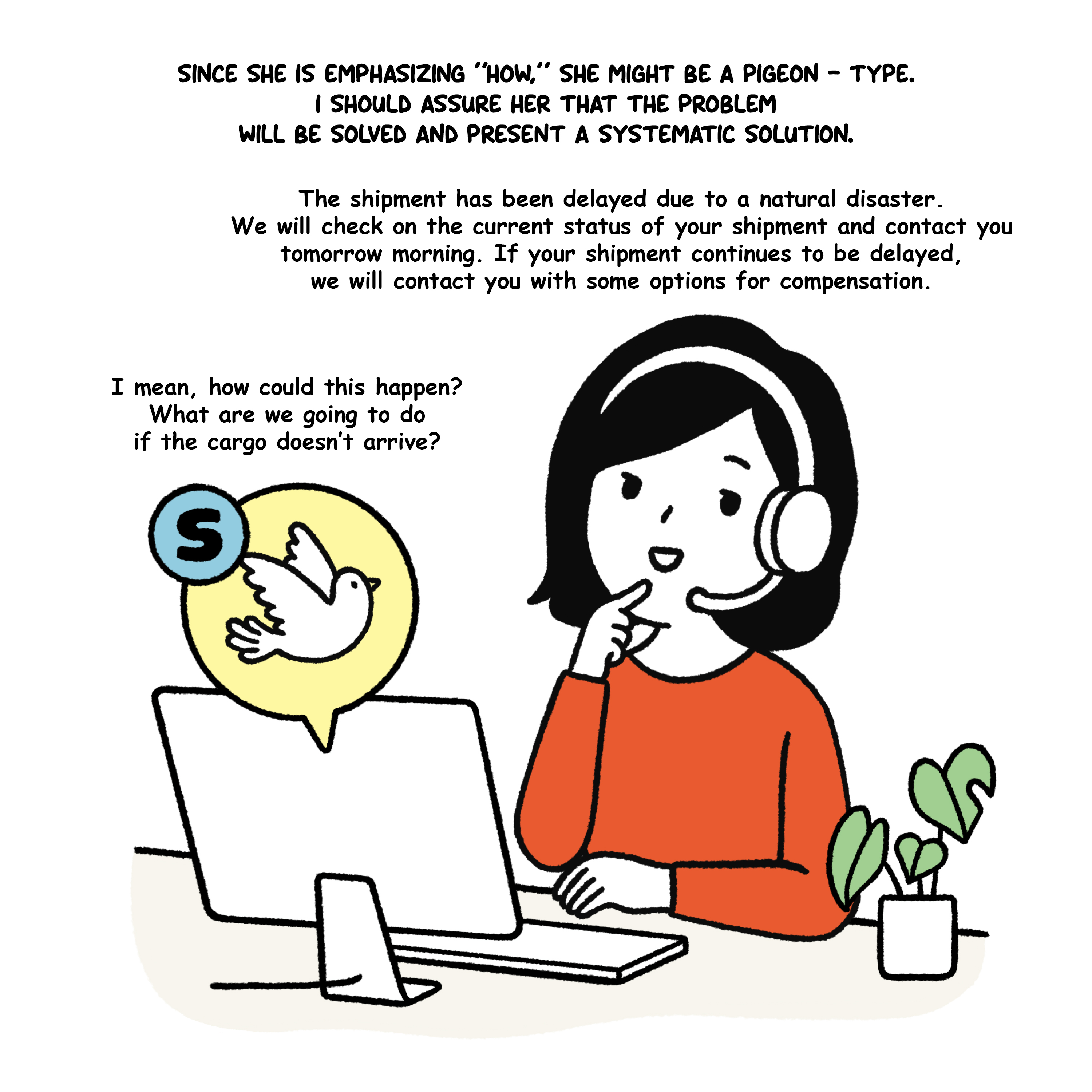When you work with so many different customers, you can’t always depend on manuals to give you the right guidance on how to interact with them. In times like these, it helps to understand your customers’ working style and to use your knowledge of their style to resolve any issues. Through the use of DiSC, a behavioral assessment tool, you can tailor your response to each customer based on their work tendencies.
Use DiSC to categorize your customers’ tendencies
“Why did that person act like that?” We’ve all thought this same thing at least once in our lives. Understanding others is sometimes difficult. If you try to understand people based on your own beliefs and values, it becomes even harder to fully accept them. Therefore, we all need training to properly understand others. Making your own personal “customer manual” is one way to gain insight into a certain person’s behaviors or desires.
Recently, there has been a great deal of interest in the DiSC quadrant, a tool which helps you gain insight into other people’s minds through the assessment of their behavioral styles. Much like the MBTI, a system that classifies people’s personalities into types, the DiSC analyzes and classifies people based on their behavioral styles. The DiSC assessment was developed by William Marston, a psychology professor at Columbia University, who theorized that human behavior stems from people’s perceptions of their environment. Dr. Marston analyzed people’s behavioral tendencies and categorized them into four styles, based on how individuals view their strengths within an environment.
“Introverts” and “extroverts” are the most widely used criteria for classifying people’s behavioral styles. Extroverts are people who gain their energy from outside sources and express their thoughts quickly. Introverts are those who gain their energy from inside and may have more difficulty expressing their thoughts. The second most widely used criteria for categorizing work types are “work-centered” and “people-centered” mindsets. People who are “work-centered” tend to have logical, commanding, and non-open characteristics, whereas those who are “people-centered” tend to have open, emotional, and supportive traits. Based on these two standards, the behavioral styles of the DiSC are: “D” (Dominance), meaning extrovert + work-centered; “I” (Influence) for extrovert + people-centered; “C” (Conscientiousness) for introvert + work-centered; and “S” (Steadiness) for introvert + people-centered.
The importance of recognizing differences in behavioral styles!
The main reason for categorizing people’s differences in behaviors in a given situation is “to accept differences in behavioral styles just as they are.” People have different behavioral tendencies and think about others in their own unique ways. Such differences are not a question of who is right or wrong, but just simply mean that we are not all the same. If you can accept people’s differences, identified through the DiSC, you will be better able to understand others and be less emotionally vulnerable. You may even become more considerate of other people, just as they are.
In limited circumstances, DiSC also provides excellent criteria for identifying diverse customer types. If you can identify different types of customers based on their behaviors and be considerate of each type, you will be able to more easily respond to your customers.
Writer Editorial Department
2022.10.04


